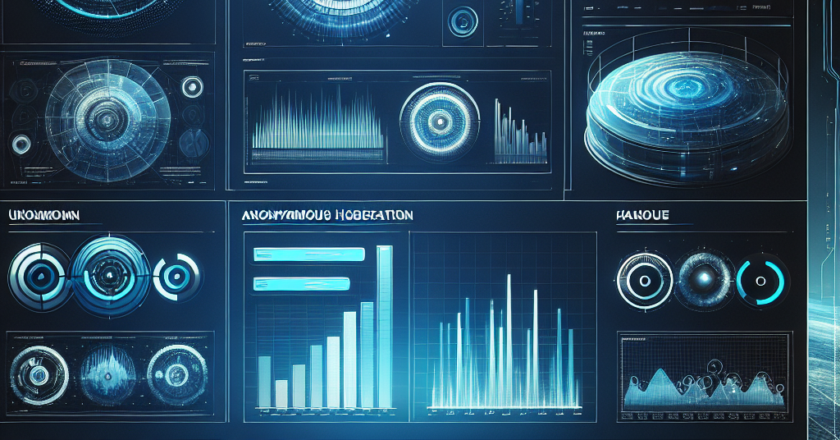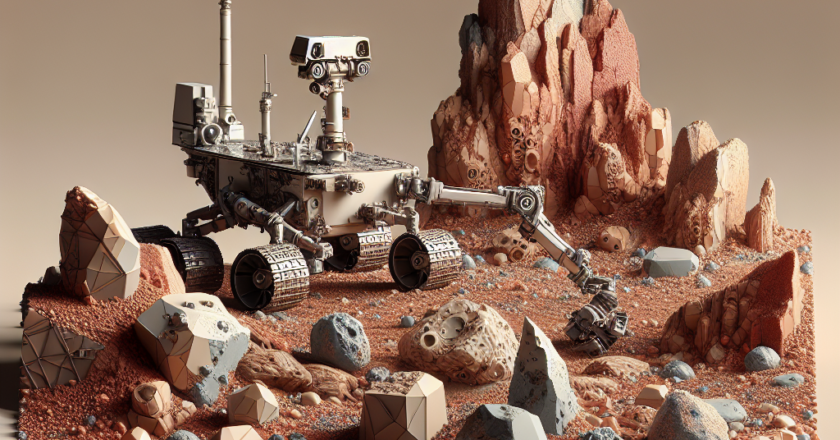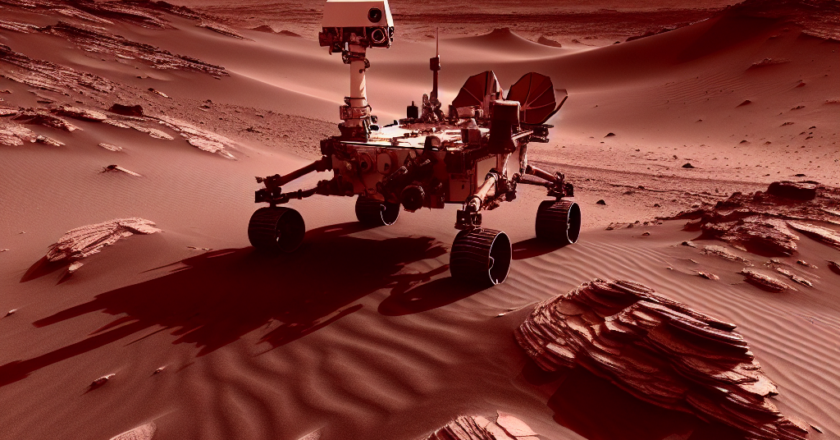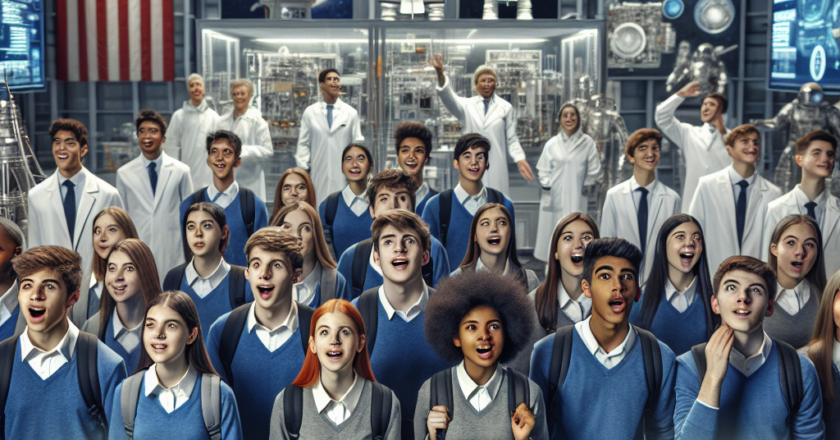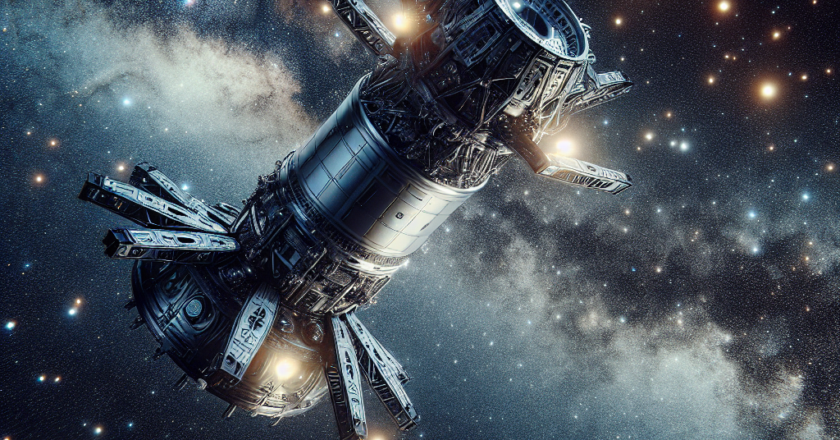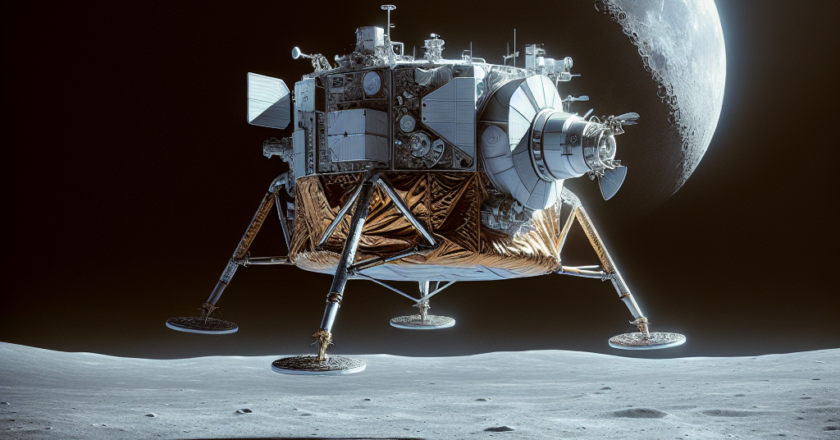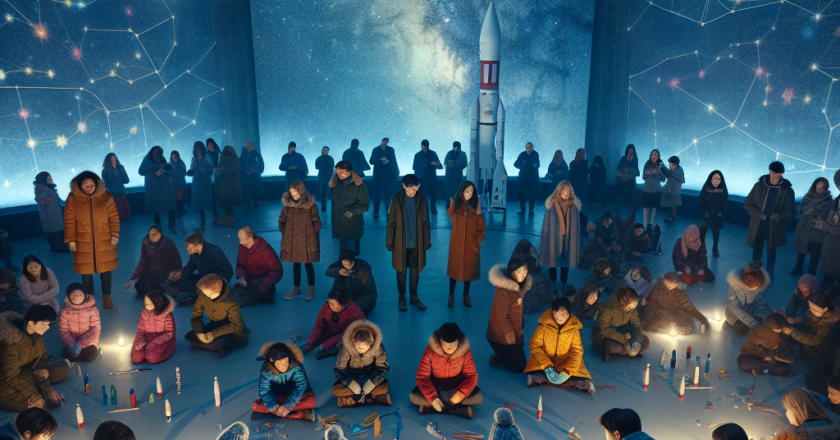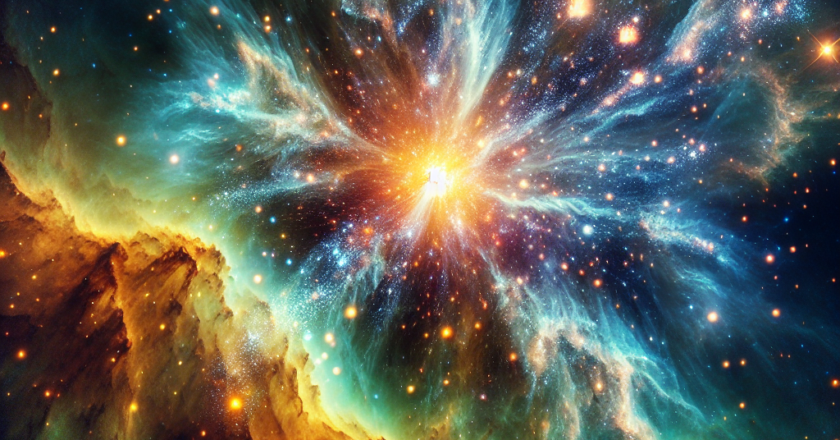2024 International Space Station: Scientific Findings and Highlights
2024 Annual Highlights of Results from the International Space Station
- Updated bibliometric analyses included in the latest edition.
- Contains a list of all publications documented in fiscal year 2024.
- Synopses provided for recent and recognized scientific findings from investigations on the ISS.
- Investigations sponsored by NASA.
Author's Take:
The 2024 Annual Highlights of Results from the International Space Station presents a comprehensive overview of the scientific achievements and publications stemming from investigations on the ISS. With updated bibliometric analyses and detailed synopses, this edition continues to showcase the valuable research conducted in space, sponsored by NASA.
Click here for the original article.

